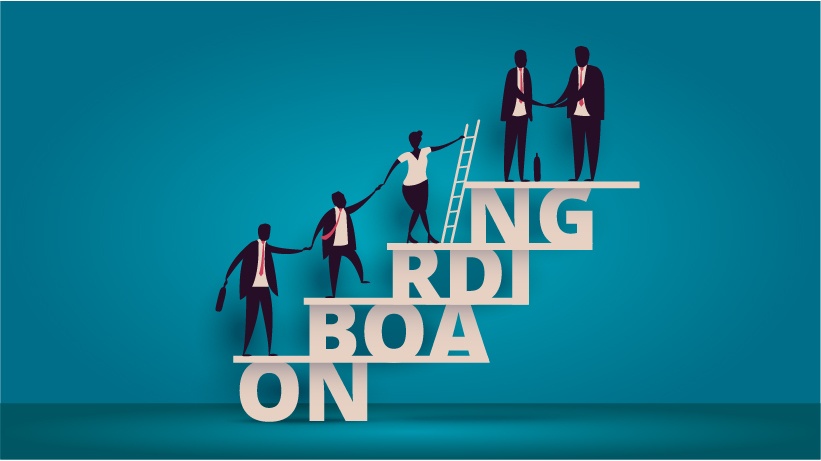Employee onboarding is the process of integrating new employees into an organization and helping them adjust to their new role and work environment. It is a critical step in ensuring that new hires become productive, engaged, and successful in their positions. Here’s all you need to know about employee onboarding:
- Pre-boarding: Pre-boarding refers to activities that take place before the employee’s first day. This may include sending them necessary paperwork, employment contracts, and information about their new role and the company. It helps set expectations and allows employees to prepare for their new job.
- Orientation: Orientation is typically the first formal step in the onboarding process. It provides an introduction to the company’s mission, values, policies, and culture. During orientation, new employees may receive a tour of the workplace, meet their team members, and learn about the tools and resources available to them.
- Paperwork and compliance: Onboarding involves completing necessary paperwork such as tax forms, employment contracts, non-disclosure agreements, and benefits enrollment. It is crucial to ensure compliance with legal and regulatory requirements.
- Training and development: Onboarding should include training sessions to equip new hires with the knowledge and skills required to perform their job effectively. This may involve providing product or service training, job-specific training, and information about company processes and systems. Ongoing development opportunities should also be communicated to employees.
- Mentorship and buddy programs: Assigning a mentor or a buddy to new employees can be highly beneficial. Mentors can provide guidance, answer questions, and help newcomers navigate the organization. A buddy, usually a peer, can offer support, introduce them to colleagues, and help them acclimate to the company culture.
- Clear goals and expectations: It is essential to set clear performance expectations and goals for new employees. This helps them understand what is expected of them and gives them a roadmap for success. Regular feedback and check-ins should be provided to ensure they are on track and address any concerns or questions they may have.
- Integration into the team: Building relationships with colleagues is vital for new employees. Encourage team members to welcome and collaborate with newcomers, fostering a supportive and inclusive work environment. Social activities and team-building exercises can also aid in developing these connections.
- Continuous support: Onboarding is not a one-time event but an ongoing process. Continuously support new employees by providing resources, feedback, and opportunities for growth. Regular check-ins with supervisors or HR can help address any challenges or concerns that arise.
- Evaluation and feedback: Assess the effectiveness of your onboarding program through feedback from new employees. Solicit their input on what worked well and areas for improvement. Regularly review and update the onboarding process to ensure it remains relevant and effective.
- Employee engagement and retention: Effective onboarding plays a crucial role in employee engagement and retention. When employees feel welcomed, supported, and equipped to succeed, they are more likely to stay with the organization and become productive contributors.
Remember, a well-executed onboarding process can make a significant difference in the employee’s overall experience and long-term success within the organization. It sets the foundation for their engagement, productivity, and commitment to the company’s goals.
Became a Certified HR Professional. Join Next Innovation Asia, The best HR Training Institute in chennai, we offering Practical HR Courses with Assured Job Support.
Join us to grow your career in HR Domain

